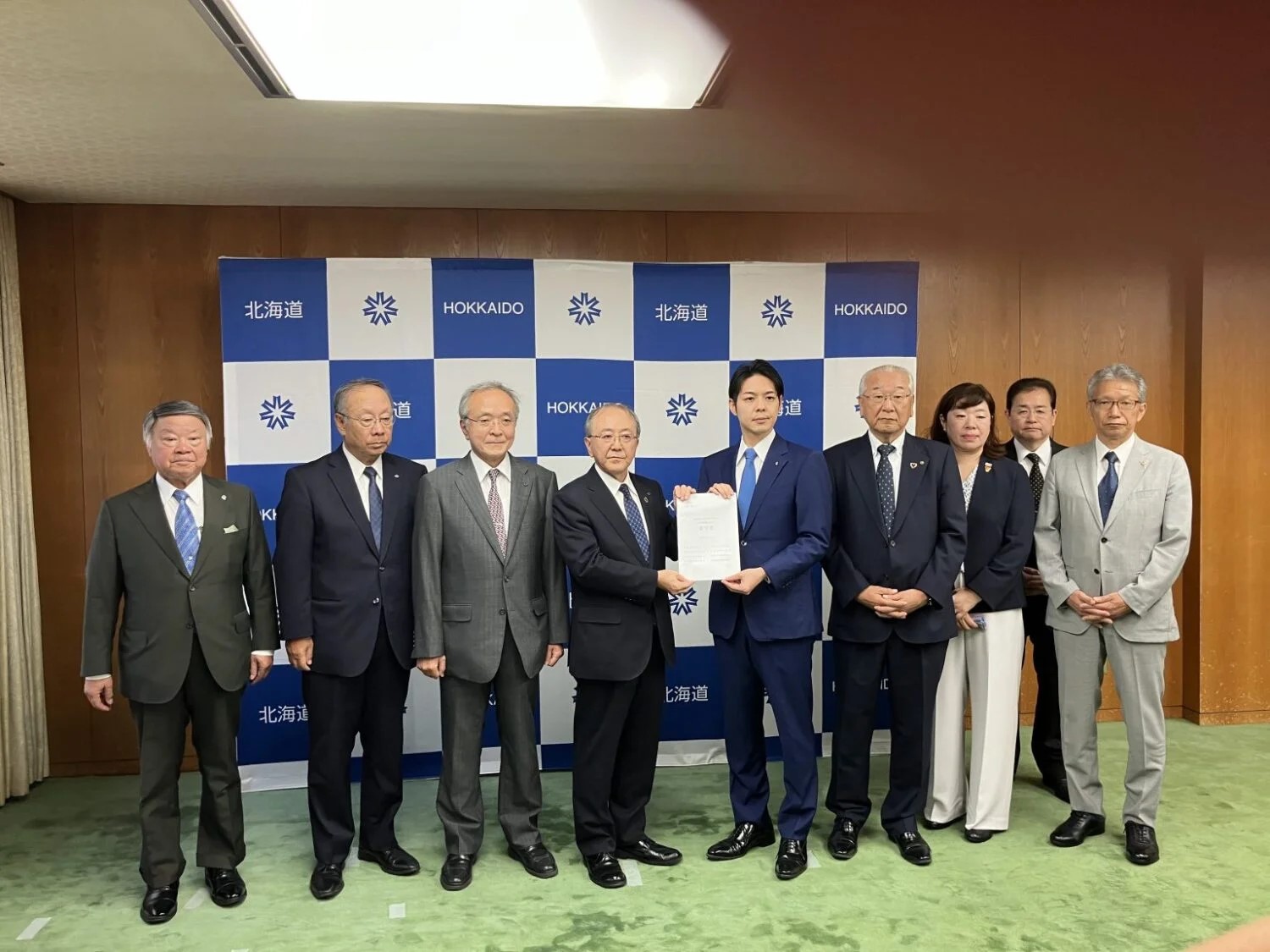The facility is to be established within the premises of the Ikata NPPs to temporarily store spent fuel from the NPPs before its transfer to the Rokkasho Reprocessing Plant in Aomori Prefecture, located in northern Honshu. Shikoku Electric Power hopes to begin operating the facility in 2023.
The Ikata-3 (PWR, 890MWe) was restarted in 2016 after determination of its compliance with the new national regulatory standards following the 2011 accident at the Fukushima Daiichi NPPs. As of the end of September 2017, its existing spent fuel storage capacity was 78% full.
Additionally, because of the planned decommissioning of Ikata-1 (PWR, 566MWe), the spent fuel there is being moved to Ikata-3 (to be completed by March 31, 2020), with available storage space at Ikata-3 being further reduced. The power company has been hoping to establish a dry storage facility on-site since the end of 2016.
Spent fuel can be stored two ways: submerging it in a pool or enclosing it within metal casks. In the latter method—called “dry storage”—spent fuel cooled in wet storage to a sufficient degree is placed in casks and allowed to cool further via natural air circulation (outside the casks), without using water or electricity.
According to a release from Shikoku Electric Power, the dry-storage building at the facility will be able to house 45 dry casks, which can later be delivered outside the NPPs without the spent fuel having to be repacked in different containers for transport. Dry casks are designed to secure four safety functions: containment, prevention of criticality, shielding, and heat removal.
The power company has prepared pamphlets, aiming to enhance public understanding, explaining the purpose of the spent fuel dry storage facility, the mechanisms of the storage casks, safety functions and so on.
After receiving the request from Shikoku Electric Power, Ehime Governor Tokihiro Nakamura asked it to confirm three points: (1) the temperature of the spent fuel when stored in dry casks, (2) radiation levels during the transfer to dry casks, and (3) their earthquake resistance. He also called on it to thoroughly explain its actions to the public, particularly its “adherence to temporary storage.”
Faced with the challenge of expanding storage capacity—an issue common to all the country’s power companies—Japan’s Federation of Electric Power Companies (FEPC) supports the early completion of the Rokkasho Reprocessing Plant. To that end, it is addressing various technological considerations and working to enhance understanding.
The recently finalized draft of the national Strategic Energy Plan emphasizes the importance of this issue, stating, “Both the public and private sectors will unify their efforts toward safe and stable storage.”



-049.jpg)
.jpg)







